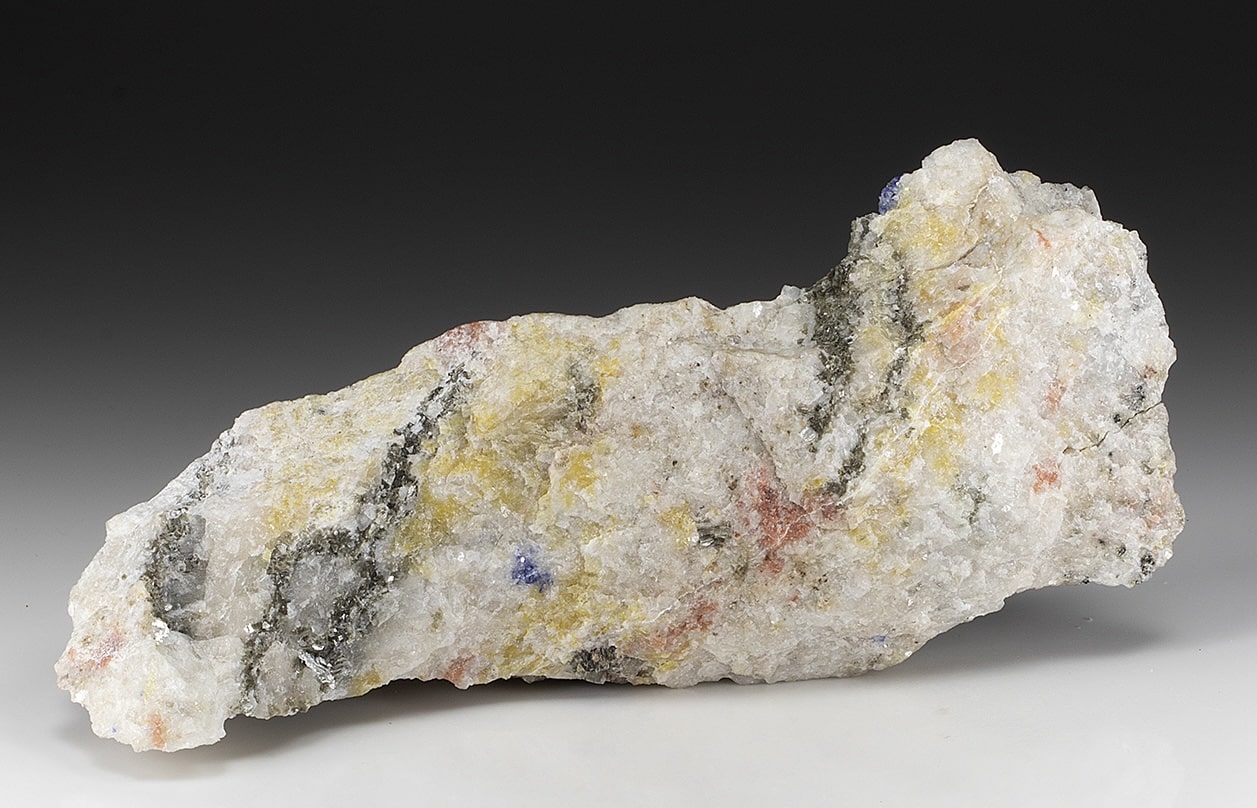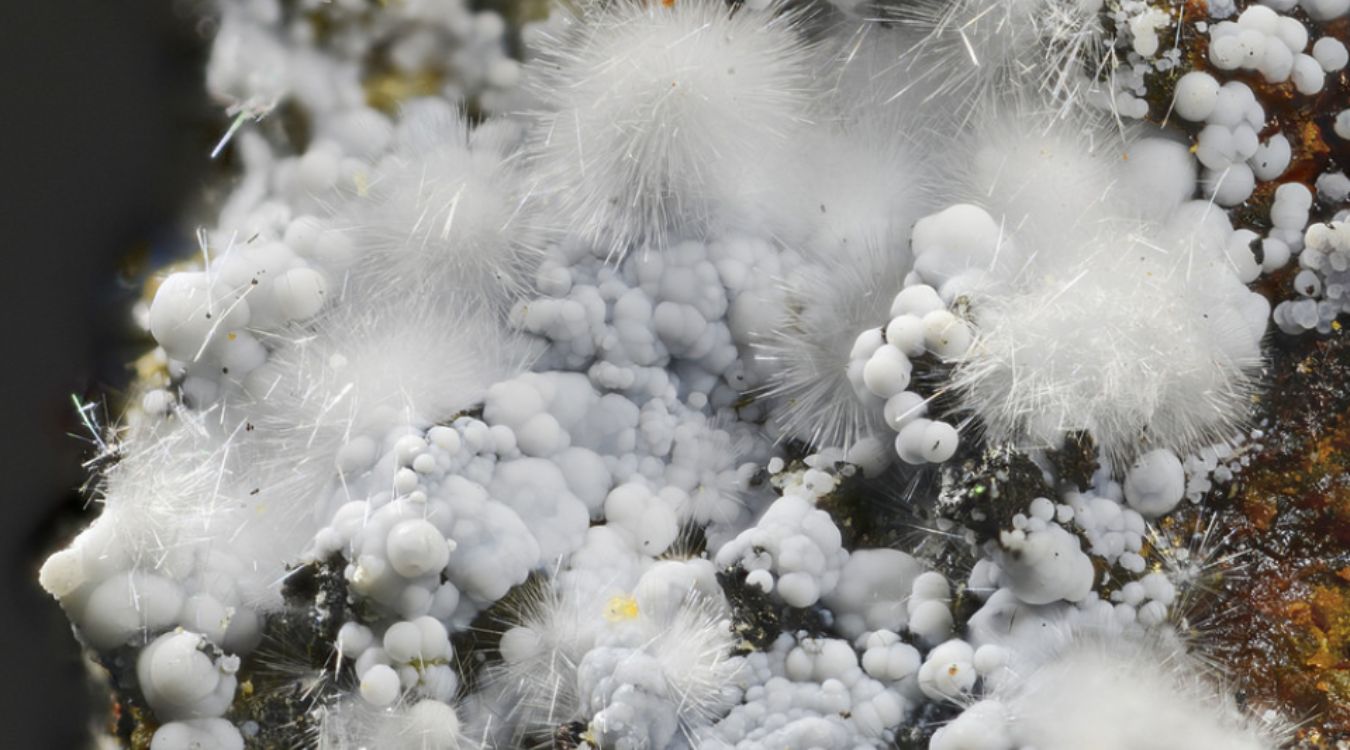
Cancrinite is a rare, vibrant mineral that often catches the eye with its striking colors. Found in shades of yellow, blue, green, and even pink, this mineral is a favorite among collectors and geologists alike. But what exactly is Cancrinite? It's a complex silicate mineral that contains sodium, calcium, and carbonate. Discovered in 1839, it was named after the Russian statesman Georg von Cancrin. This mineral forms in igneous rocks and is often associated with other minerals like nepheline and sodalite. Why is Cancrinite special? Its unique structure and composition make it a subject of interest for scientific research. Plus, its aesthetic appeal makes it a popular choice for jewelry and decorative items. Whether you're a geology enthusiast or just curious, there's a lot to learn about this fascinating mineral.
Key Takeaways:
- Cancrinite is a rare and colorful mineral found in countries like Canada, Russia, and Brazil. It's used in jewelry, geological studies, and even metaphysical practices for its calming properties.
- With its unique properties like fluorescence and ion exchange, cancrinite is a fascinating subject for collectors, geologists, and researchers. It can also teach students about mineralogy and geological processes.
What is Cancrinite?
Cancrinite is a rare and fascinating mineral that captivates geologists and gem enthusiasts alike. Its unique properties and intriguing history make it a subject worth exploring. Here are some interesting facts about this mineral.
- Cancrinite is a silicate mineral that belongs to the feldspathoid group.
- It was first discovered in 1839 by Gustav Rose, a German mineralogist.
- The mineral is named after Count Georg von Cancrin, a Russian statesman and mineralogist.
- Cancrinite typically forms in igneous rocks, particularly those rich in sodium.
- It can also be found in metamorphic rocks and hydrothermal veins.
- The mineral often appears in yellow, white, or blue colors.
- Cancrinite has a vitreous to greasy luster, giving it a shiny appearance.
- It has a Mohs hardness of 5-6, making it relatively soft compared to other minerals.
- The mineral has a hexagonal crystal system, which contributes to its unique structure.
- Cancrinite is often associated with other minerals like nepheline, sodalite, and feldspar.
Where Can You Find Cancrinite?
Cancrinite is not a common mineral, but it can be found in specific locations around the world. Here are some places where you might come across this intriguing mineral.
- Canada is one of the primary sources of cancrinite, particularly in Quebec and Ontario.
- Russia also has significant deposits, especially in the Kola Peninsula.
- Norway is another country where cancrinite can be found, particularly in the Langesundsfjord area.
- In the United States, cancrinite has been discovered in Maine and Montana.
- Brazil is known for its vibrant blue cancrinite specimens.
- Italy has some deposits, particularly in the volcanic regions.
- India also has occurrences of cancrinite, mainly in the southern parts.
- Madagascar is another location where this mineral can be found.
- Greenland has some of the oldest cancrinite deposits.
- Australia is known for its unique yellow cancrinite specimens.
Uses of Cancrinite
While cancrinite is not as widely used as some other minerals, it has its own set of applications. Here are some ways this mineral is utilized.
- Cancrinite is often used as a collector's mineral due to its rarity and unique appearance.
- It is sometimes used in jewelry, although its softness makes it less ideal for everyday wear.
- The mineral is also used in geological studies to understand the formation of igneous and metamorphic rocks.
- Cancrinite can be used as a decorative stone in various art and craft projects.
- It is sometimes used in metaphysical practices, believed to have calming and balancing properties.
- The mineral is also studied for its chemical composition, which can provide insights into geological processes.
- Cancrinite is used in educational settings to teach students about mineralogy and geology.
- It can be used in industrial applications where its specific properties are required.
- The mineral is sometimes used in research to develop new materials and technologies.
- Cancrinite is also a subject of interest in environmental studies, particularly in understanding natural filtration processes.
Unique Properties of Cancrinite
Cancrinite has several unique properties that make it stand out among other minerals. Here are some of its most intriguing characteristics.
- Cancrinite can exhibit fluorescence under UV light, often glowing a bright orange or yellow.
- The mineral has a high sodium content, which is unusual for silicate minerals.
- Cancrinite can undergo ion exchange, making it useful in certain industrial applications.
- It has a low density, which makes it lighter than many other minerals.
- The mineral can absorb water and carbon dioxide, which can lead to changes in its structure.
- Cancrinite can form pseudomorphs, where it replaces other minerals while retaining their original shape.
- The mineral can also exhibit pleochroism, showing different colors when viewed from different angles.
- Cancrinite has a complex chemical formula, which includes elements like sodium, calcium, and aluminum.
- The mineral can form solid solutions with other feldspathoids, leading to a variety of compositions.
- Cancrinite can also be found in microscopic inclusions within other minerals, providing clues about geological history.
Cancrinite's Fascinating World
Cancrinite, a rare and captivating mineral, holds a treasure trove of intriguing facts. Its unique colors, ranging from yellow to blue, make it a favorite among collectors. Found in places like Canada and Russia, this mineral forms in alkaline igneous rocks. Its ability to fluoresce under UV light adds to its allure. Cancrinite's composition includes sodium, calcium, and aluminum, making it a complex and fascinating subject for geologists. Despite its rarity, it has practical uses in ceramics and glass production. Understanding cancrinite not only enriches our knowledge of minerals but also highlights the beauty and complexity of Earth's geological processes. Whether you're a seasoned collector or a curious learner, cancrinite offers a glimpse into the wonders of the natural world. Keep exploring, and who knows what other hidden gems you might uncover in the world of minerals!
Frequently Asked Questions
Was this page helpful?
Our commitment to delivering trustworthy and engaging content is at the heart of what we do. Each fact on our site is contributed by real users like you, bringing a wealth of diverse insights and information. To ensure the highest standards of accuracy and reliability, our dedicated editors meticulously review each submission. This process guarantees that the facts we share are not only fascinating but also credible. Trust in our commitment to quality and authenticity as you explore and learn with us.


